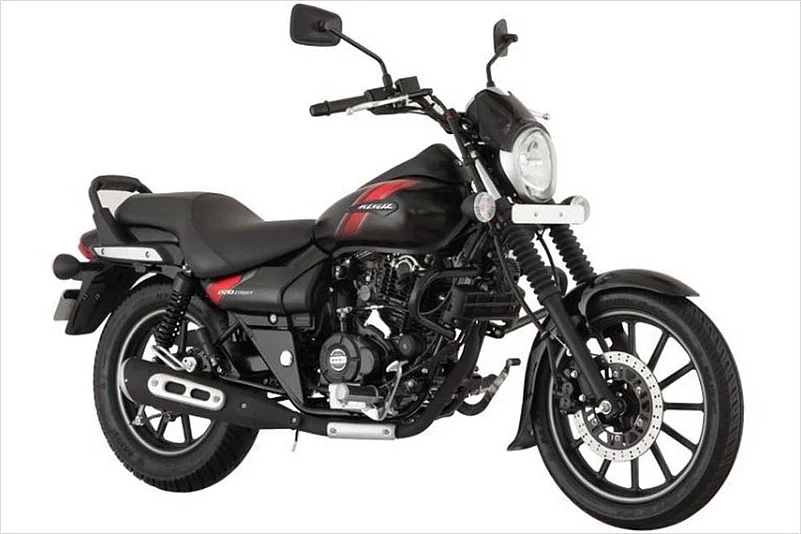Bajaj has recently updated its website with revised pricing for select models. Models affected by the price hike include the Bajaj Pulsar, Bajaj Avenger and the Bajaj Platina range. Besides these, even the V15 and Discover 125 have received minor price bumps. The Bajaj Dominar, however, was the first one to get a price update.

Let’s start with the Bajaj Pulsar range. Pricing for the Pulsar 220F and Pulsar 180 has gone up by Rs 1,000, now costing Rs 94,682 and Rs 82,650 respectively.

Meanwhile, the Pulsar NS 200 gets dearer by Rs 1,700 and now costs Rs 98,714 for the non-ABS and Rs 1,10,714 for the single-channel ABS variant. On the other hand, the Pulsar RS 200 gets expensive by Rs 1,800. The bike now costs Rs 1,24,890 for the non-ABS variant and Rs 1,36,794 for the single-channel ABS one. Price of the Pulsar NS 160, however, remains untouched.

Moving over to the Avenger motorcycles, prices for the newly launched Avenger 180 Street remains unchanged, and it still costs Rs 85,498. The Bajaj Avenger 220 Street and Cruise motorcycles have received a price hike of Rs 998 and are now available at Rs 94,464.

The recently updated Bajaj Discover 125 has become pricier too, by Rs 1668. As a result, the standard version now costs Rs 53,670, while the front disc brake variant costs Rs 56,992. While pricing for the Bajaj V12 remains unchanged, the Bajaj V15 gets dearer by Rs 1,000 and costs Rs 65,178.

The Platina Comfortec motorcycle has also seen a price revision of Rs 500 and now costs Rs 47,155. The Bajaj Dominar's price was only recently bumped up by Rs 2,000 and now costs Rs 1,58,275 for the ABS version (all prices ex-showroom Delhi).

We have witnessed price revisions from TVS as well, which too happened at the beginning of the new financial year. The reason behind these cost revisions is to cover the increasing costs of raw materials and to keep quality in check as well.
Source: zigwheels.com
















